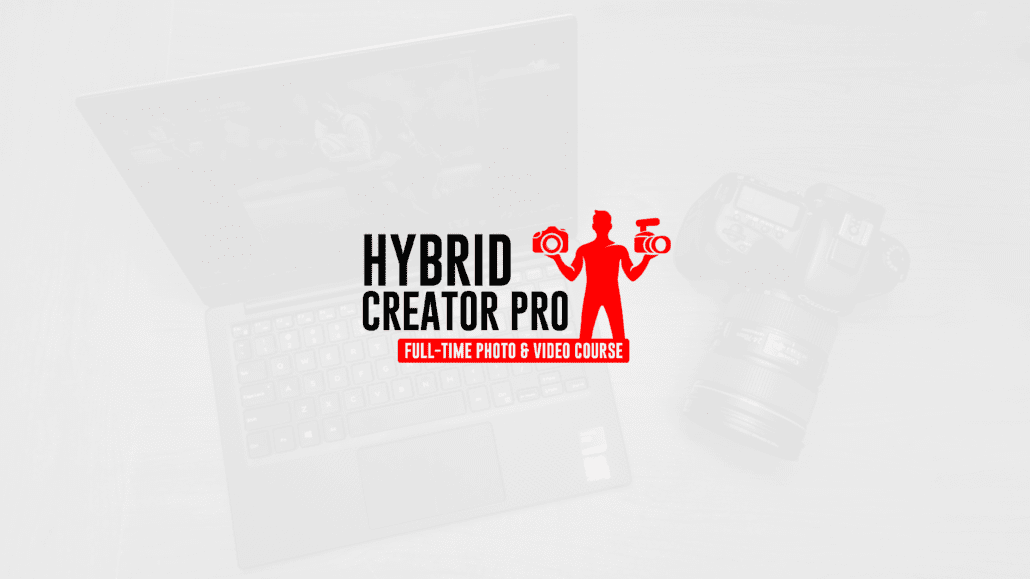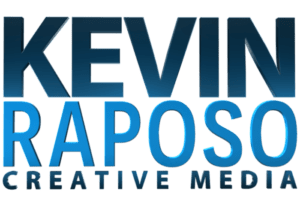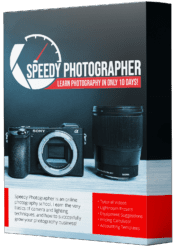Hybrid Creator Pro: Which Skills Do I Need to Develop as a Hybrid Creator?

In this tutorial, we’re going to discuss the five key skills you need to develop as a hybrid creator.
Some of these skills will be ones that photographers struggle with when learning video, and others will be ones that video producers struggle with when learning photography. But all of them are critical to understand if you plan to become a hybrid creator.
As usual, if you’re looking for something specific, concepts and times are up on-screen.
Patience
The first skill I want to talk about is patience.
This is something I see a lot of photographers struggle with when shooting video. When you’re working in a high-pressure environment, it can be really easy to just slap on a telephoto lens, take a picture of your subject, and turn away and start shooting something else.
Photographers can get away with this because they only need to focus on capturing a single moment in time – but it doesn’t work when shooting video.
Let me give you an example.
One of my clients is the Guelph Storm, a junior hockey team here in Canada.
And this shot here is a picture of a player skating. As a single frame, the shot looks just fine – it captures the player and the background is clean. I could submit this to the client and it would be considered acceptable, even if it isn’t very interesting.
But what I haven’t told you is that picture was actually a single frame extracted from a five-second video clip. When we watch that clip, we see the player skating – and we see nothing else. There is nothing interesting about this shot – it might be useful for a split second, but it isn’t useful as a video.
And this is where patience becomes so important. If I was a photographer looking to snap a picture of every single player on the ice during the game, I might consider moving on to my next shot. But if I’m producing a video, I’ve captured nothing of value. I need to continue following that same player until I get something usable, like this – a player turning quickly and spraying the ice while doing it.
The other part of being patient that many photographers struggle with is holding their composition.
After you finish taking a picture, you can immediately swing your camera over to something else without affecting the shot. Not an option when it comes to video, because you need to leave room at the beginning and end of the clip so you have something to work with when you get into the editing room. If your clip ends too early, it might not flow properly into the next shot.
If you’re trying to develop this habit, I would suggest counting to two in your head after you think the action in your video clip is done. You will thank yourself when you start editing.
Anticipation
The second skill I want to talk about is anticipation.
Video requires more patience than photography, but photography requires more anticipation than video.
With video, you can keep rolling forever and just wait for the moment to happen. This is why patience is so important. But when it comes to photography, you need to be ready for the exact moment.
Let me give you an example. There are certain parts to a wedding ceremony that you never miss – like the first kiss.
As a photographer, you have to be on high-alert. There is no second chance. Your timing has to be perfect.
As a videographer, you can let the camera roll for the entire wedding ceremony and not have this problem. As long as your shot is in focus and not blocked by the photographer, you’re going to get what you need.
So why am I bringing this up? Because you need to stay focused when shooting still images and wait for that action to happen. Don’t get lazy and shoot boring pictures like the one I just showed you earlier of that hockey player skating.
Motion
Moving on, the third skill you need to think about is learning how to use motion.
As you know, a picture tells a story by freezing a single moment in time, but a video tells a story by capturing a sequence in time.
And a huge part of learning how to use that sequence of time when shooting involves understanding how motion can affect your story.
This is almost like a second layer of depth to composition – because with video, you can combine the arrangement of elements in your scene with movement to influence how your viewer perceives the shot.
Video producers use tools like gimbals to create smooth, engaging movement in videos. They also think about how to arrange everything in the shot to guide the viewer’s eye. For example, they might start a shot with the camera close to an object in the foreground and then move slowly towards a scene in the background.
This kind of movement can make the video more interesting and give viewers a sense of depth and perspective. By combining the stabilizing effects of a gimbal with thoughtful composition, videographers can create a sense of motion that feels natural and draws viewers into the video.
This is very different from photography, which mostly involves the use of tripods and monopods to help keep the camera still.
But these same tools can be used to learn about motion as well. One basic example would be panning with a tripod, which is a technique that involves moving the camera horizontally to track a moving subject while shooting a video.
All of this goes to say that understanding and using motion effectively is an important storytelling tool when it comes to the world of video.
Vision
Next up, the fourth skill you need to develop is vision.
By vision, I mean understanding how all of your shots will fit together into the final product.
Photography is a bit easier in the sense that you only need to think about how you want to compose a single moment in time.
But when it comes to video, you also need to think about how that moment in time will fit into the storytelling process. In the industry, this is called shooting for the edit. This means planning carefully to make sure you have all the right shots to piece together later, like a wide-angle shot of a building followed-up by a closer shot of the entranceway. This approach helps save time and avoid problems when it’s time to edit the video into its final form.
To help explain this difference, think about every shot you take as one of two things: a subject or an environment.
Your subject shots are primary – this is like the artist at a concert, or the athlete at a soccer game.
Your environmental shots are secondary – these are the fans, the size and scope of the stadium, the lighting, the pyrotechnics, and everything else.
When I’m working as a photographer, I focus a lot more on subject shots. I make sure to capture the artist, the athlete, or whatever it is I’m there for.
Don’t get me wrong – I also capture the environment too. But if I miss a shot or I forget something, it isn’t a big deal because one picture has very little influence on the next picture.
When I’m working as a video producer, the environment becomes just as important as the subject.
Let’s say I’m shooting a corporate event video. I might start out by grabbing an establishing shot of the venue. Then, I focus on one of my subjects for a bit. Next, I might turn to the crowd and try to capture some of the ‘reaction’ shots.
All of this woven together is what tells the story when it comes to video, and also why it is so important to have the vision while you’re shooting to put it all together.
Before any photojournalists out there tell me you can share a story through a series of pictures, and that they aren’t completely independent, I understand that, and you’re right – but in most cases, viewers will not be connecting them together in the same way they do with video.
Communication
The fifth and final skill we’re going to talk about is communication.
The way you communicate with your subject when taking a picture can be different from how you approach video.
For example: a portrait photographer will be focused on making the subject feel comfortable, being relatable, and providing them with clear direction on how they should position themselves for the picture.
But when it comes to video, there is much less posing involved – especially with corporate content. This is because the subject will often be sharing their story as part of an interview.
That’s not to say that direction and posing isn’t still important – for example, I always remind my subjects to sit up straight and look past the camera. But the narrative always takes priority, so once the interview begins, my communication becomes almost entirely about their story.
This means you need to learn how to speak to your subject as an interviewer. You’ll have to pay close attention to what they are saying, and respond with probing questions that further the storyline and narrative of your video.
Unlike photography, nobody will care that your lighting is perfect if your subject is saying absolutely nothing of value.
I learned this the hard way on one of my very first video projects for a client back in 2011, while I was still a student in college. I remember shooting over two hours of interview footage with a local community organization – I thought it looked perfect. I had just bought a Canon 50mm f/1.8 lens, and the only thing I could see was my amazing depth of field.
I found out pretty quickly the clients didn’t care about my blurry background. They were more concerned that the subject of the interview had been rambling on for too long – and that was because, at the time, I was a poor communicator and a poor interviewer.
Conclusion
So that’s it – those are five skills you need to think about when making the jump from photo to video.
Don’t be frustrated if it takes you a bit of time to pick up these skills. Half the battle is learning, the other half is remembering which one to use and when.




Leave a Reply
Want to join the discussion?Feel free to contribute!